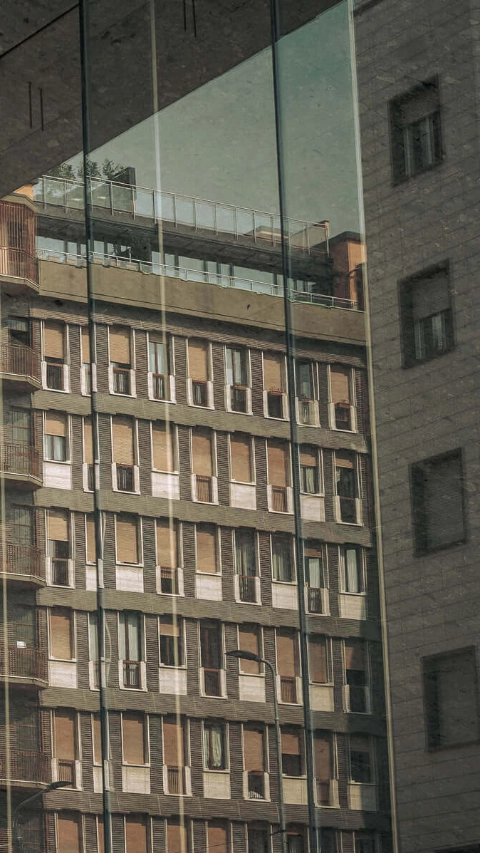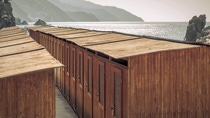Construction
A 360° view of how we will live tomorrow
Our cities are constantly growing and will be home to two thirds of the world’s population by 2050. In many places there is a genuine construction boom. We’re building our future. What trends can be identified in this scenario? Are there materials that will make today’s visions become tomorrow’s construction reality? A survey in 360°.
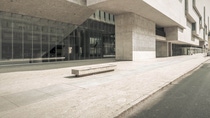
While climatic conditions vary greatly worldwide, we humans all share the need for a home in which we can live in comfort. And this means keeping the heat in or out. As a consequence of increasing global urbanization, building land in cities is becoming scarce. In China alone, over 200 million people have migrated from their villages into the cities in recent decades. So it is no surprise that most high-rise buildings are currently being erected in Asia. In Europe, too, the demand for new residential space is high and has unleashed a renaissance in high-rise construction. London is experiencing the biggest building boom for over 50 years, and nowhere else in Europe are so many buildings shooting up into the skyline. While such architecture was considered the modern solution to the housing shortage in the Sixties and Seventies, it subsequently became associated with the concrete jungle and social flashpoints.

However, this image is changing, for in New York, Dubai, London and Moscow, modern residential towers are now often extending 150 meters or more into the sky and re-shaping the skyline and the urban landscape. In Germany, 72 such residential blocks are currently under construction – in the best locations. By exploiting verticality, they offer an answer to the growing demand for residential space. Expensive building land often means that dwelling units are becoming smaller, yet the desire for esthetics and comfort remain unchanged. This is why new, highly efficient construction materials are needed to facilitate energy-neutral construction and occupancy for these new types of building.

2: In the Alps – the footage explores different climate zones and what they mean for housing.
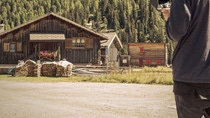
Demand in Germany is put at 350,000 to 400,000 new homes per year. In the first six months of this year alone, the authorities approved the construction of almost 200,000 dwellings – the highest figure since 2000. Increasingly, existing property is being converted and modernized at the same time. The upgrade of old buildings means not only the preservation of the existing fabric, but also the opportunity to set new standards – in terms of both energy efficiency and the use of new materials.
Novel insulating materials, for example, permit highly efficient acoustic and thermal insulation without any appreciable loss of living space. The future of construction poses a variety of challenges. To master them, we need high-performance construction materials that roll back the limits of the feasible. One such material is SLENTITE® which makes extremely slim, efficient insulation possible. The strong, heavy-duty panel ensures excellent moisture regulation combined with high design freedom. Because visionary architects and engineers want to shape our future homes without being constrained by functional requirements and the character of the materials. This way, the ideas of today can truly become tomorrow’s reality.
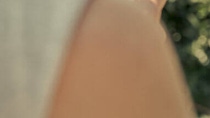
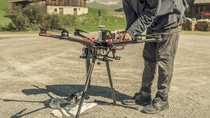


2: Cubic, focused, 360°: The film is shot with a cube-like construction to which six cameras are attached.
3: The drone’s-eye view of the world reveals surprising vistas.
4: The camera cube is controlled with the aid of an app.
Let’s take a 360° view of the future.
We can only guess how things will be in the future. By taking responsible decisions today, we can shape today our lives tomorrow. Building and living in a sustainable way today creates scope for new developments. Needs, challenges, and opportunities can be mastered with customized climate management and innovative high-performance construction materials. At K 2016, SLENTITE® presents “Constructing Tomorrow – Our Future in 360°” and illustrates growing urbanization and the future of building construction.
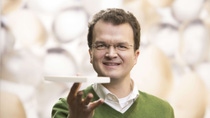
Marc Fricke studied chemistry at the Universities of Bielefeld, Munich and the Weizmann Institute of Science in Rehovot, Israel. He earned his PhD in Inorganic Chemistry from the University of Bielefeld, Germany in 2004. After a postdoc for BASF at the Institute de Science et d’Ingénierie Supramoléculaires (ISIS), Strasbourg, France, he joined BASF Polyurethanes GmbH, Lemförde, Germany, in 2007. In 7 years in research he invented SLENTITE® and is currently the project manager of the SLENTITE® project in New Market Development of BASF.
SLENTITE®, the high-performance insulating material, represents an excellent package for the construction challenges of the future. Right in time for K 2016, CORPUS met SLENTITE® project manager Dr. Marc Fricke, BASF, to talk with him about development of the pioneering product and forthcoming plans.
CORPUS: Dr. Fricke, it’s precisely three years ago that SLENTITE® was unveiled to the public at K 2013. What did taking this step mean at the time after many years of intense research?
MARC FRICKE: Being able to present our high-performance product to the trade public at last was of course really exciting. We knew what SLENTITE® is capable of and wanted to make its qualities known to the public and get feed-back from the market. With a lambda value of 17 mW/m•K, the high-performance insulation panel permits 25 to 50% slimmer insulation. Thanks to its open-pored structure, the panel is particularly good at regulating moisture. K 2013 was a real success, and we received a huge number of inquiries afterward. This also strengthened our resolve to build the pilot plant and choose cooperation partners, who receive panels for testing directly from our pilot plant in Lemförde.
CORPUS: However good a novel material is in theory, the decisive factor is ultimately how the market reacts to it. What has the feedback on SLENTITE® been like?
MARC FRICKE: We in fact receive inquiries on an almost daily basis, and the interest in its possible applications is huge. This is due not least to the fact that SLENTITE® is an organic aerogel that is now available for the first time as a strong, heavy-duty panel. It has a compressive strength of > 300 kPa, which is twice that of today’s PU insulation panels. The panel can be handled dust-free and shaped with ease. As a result of this and above all because of its minimal space requirements, SLENTITE® offers complete design freedom – a massive advantage that’s appreciated throughout the industry.
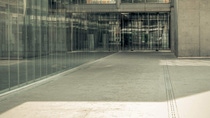
CORPUS: What’s the specific outcome of these talks?
MARC FRICKE: You can say the market preparation phase has started. Thanks to the pilot plant, we’ve been able to supply our first cooperation partners with sample quantities. At Frontale, the trade show for windows, doors and facades, in March 2016, we teamed up with Beck+Heun to present SLENTITE® in a specific application for the first time. And we’re currently holding talks on further cooperative ventures.
CORPUS: On the pilot plant you’re only currently able to produce relatively small quantities. What are the plans for the future?
MARC FRICKE: The purpose of the pilot plant was to also develop a commercial-scale production process, which we’re currently fine-tuning. Right now we’re in the consultation phase for the construction of a production plant, so we’re on the verge of another step on the way to market launch. This is how we can tackle the challenges of the future in the construction sector.
CORPUS: Thank you, Mr. Fricke, for this interview.
Consult with an expert
Self-service solutions:
